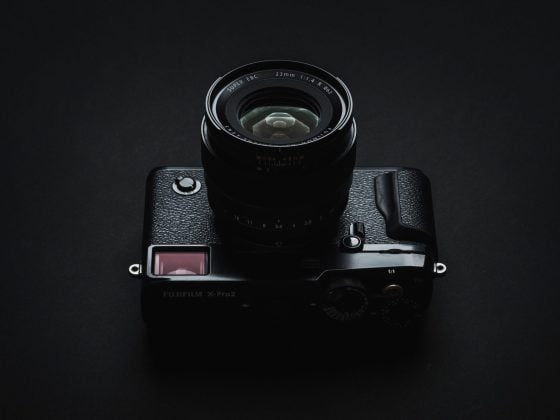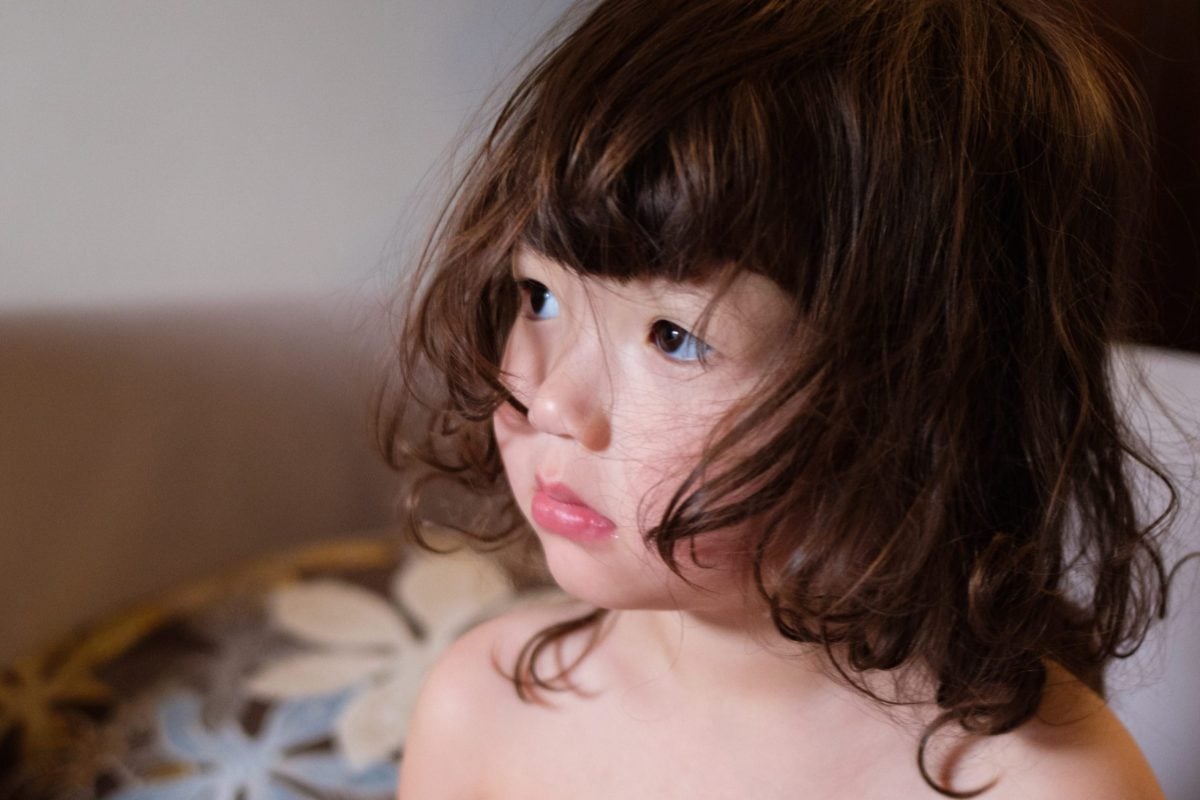
A few weeks ago, I wrote a post showing how Sony has improved its color engine to achieve better white balance and color accuracy, especially in mixed-lighting situations.
Today I wanted to do a very quick comparison between the colors of the Sony A7r III and the Fujifilm X-Pro 2.
As most know, Fujifilm is legendary at handling colors, but since nobody talks about camera colors, I thought this would make an interesting discussion.
This comparison is pretty rough. I was running out of light, and my daughter was just waking up, so it was the perfect time to shoot a comparison before I lost light.
Since I currently only have Fujifilm triggers for my lights, I can’t use a studio strobe to get accurate lighting. However, that’s not really the point of this test anyway. The point is to see how each camera handles color in real-world settings.
So consider this an uncontrolled, real-world comparison. I used the same lens, the Handevision 35mm f2.4, with the Leica Mount adapted to each camera. This rules out any color shifts due to lens design, and these two shots were taken probably no more than a minute apart, so ambient lighting should be about the same.
Sony A7r III vs Fujifilm X-Pro 2 Color Samples
For these samples, I shot my daughter with the Sony A7rIII with everything set to Auto except my aperture with the camera in APS-C crop mode. Then I switched over to the X-Pro2 and shot with everything set to Auto.
I had a modeling light (tungsten) in the background for some fill to mix things up, but most of the lighting is coming from our balcony right next to her.
My minimum shutter speed on the A7r III was set to 60, and it was set to 80 on the X-Pro2. So that’s why the ISO and shutter speed are slightly different. The Fujifilm also shot a touch brighter, so I lowered the exposures to match.
Auto White Balance / Natural Lighting / RAW with Adobe Standard
Here, you can see the Sony A7r III really missed the white balance.
The Sony shot is on the left; the Fujifilm shot is on the right.
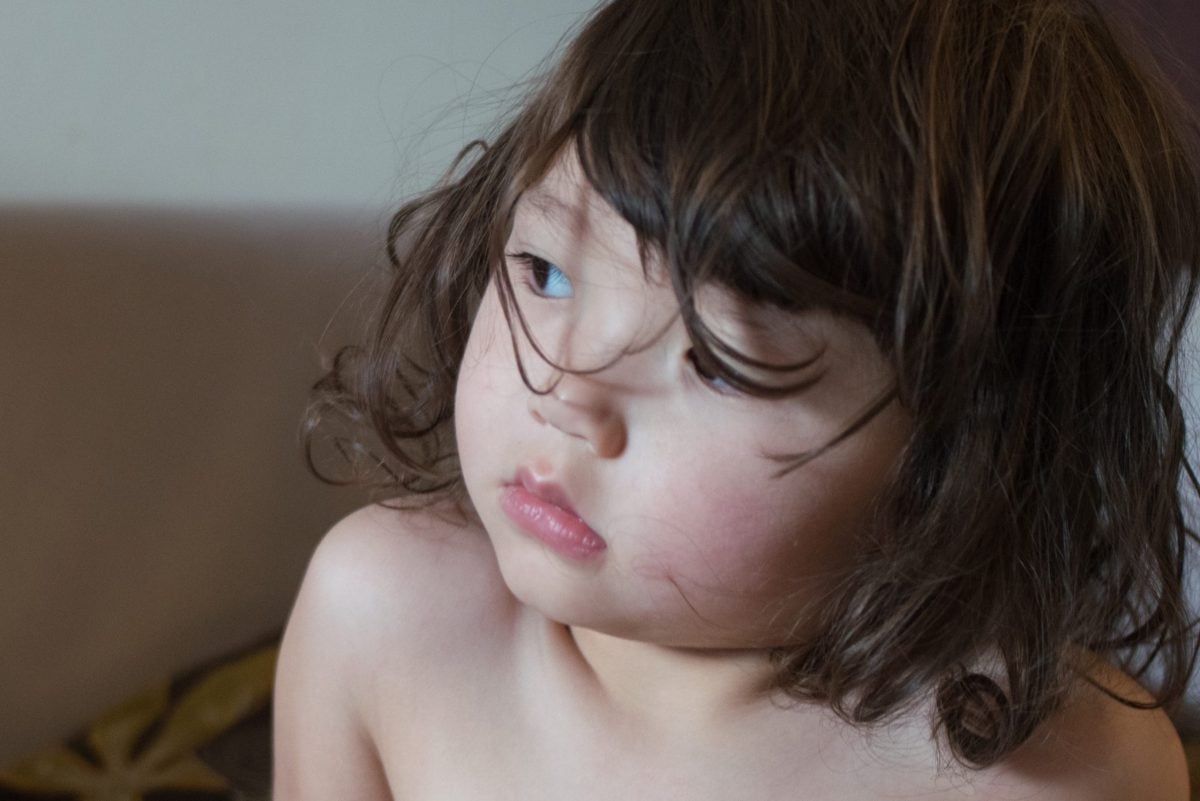
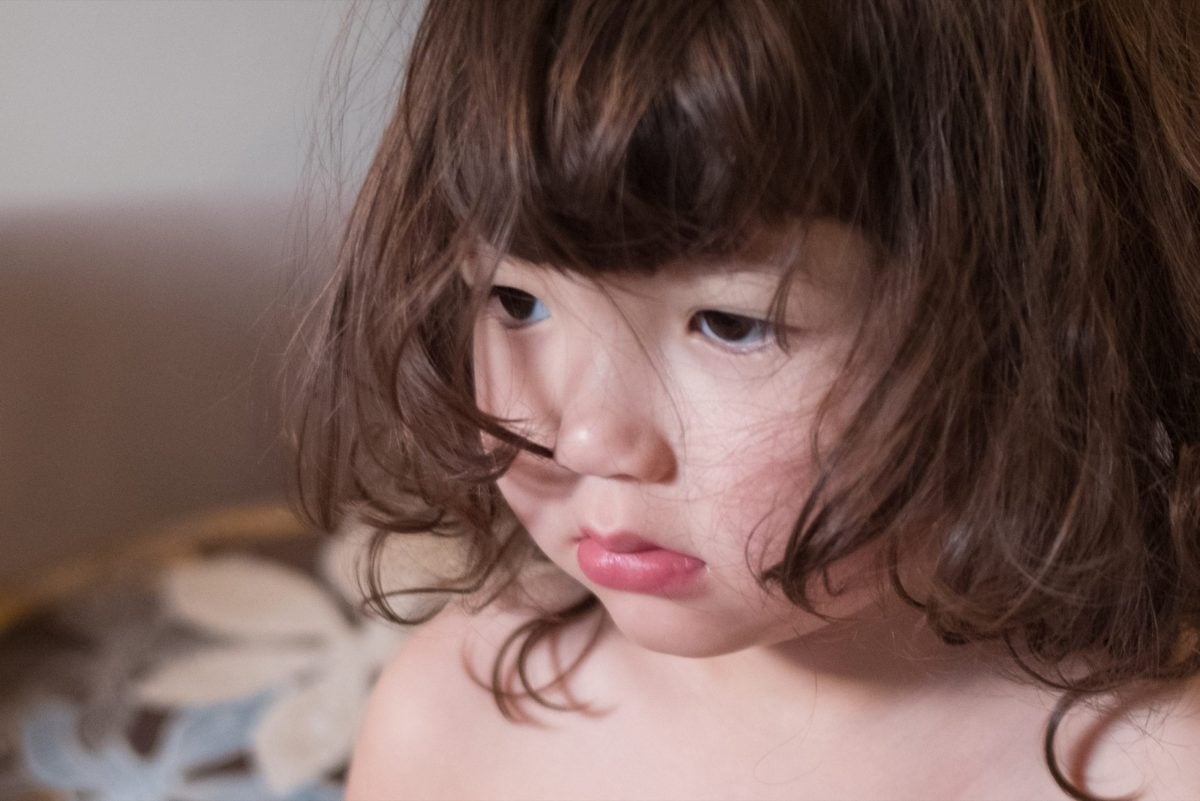
Matched White Balance / Natural Lighting / RAW with Adobe Standard
For this test, I matched the white balance in Lightroom. Since the X-Pro2 nailed it, I matched the white balance to those same numbers, and the Sony is looking a lot better, but the Fujifilm image still has much more life.
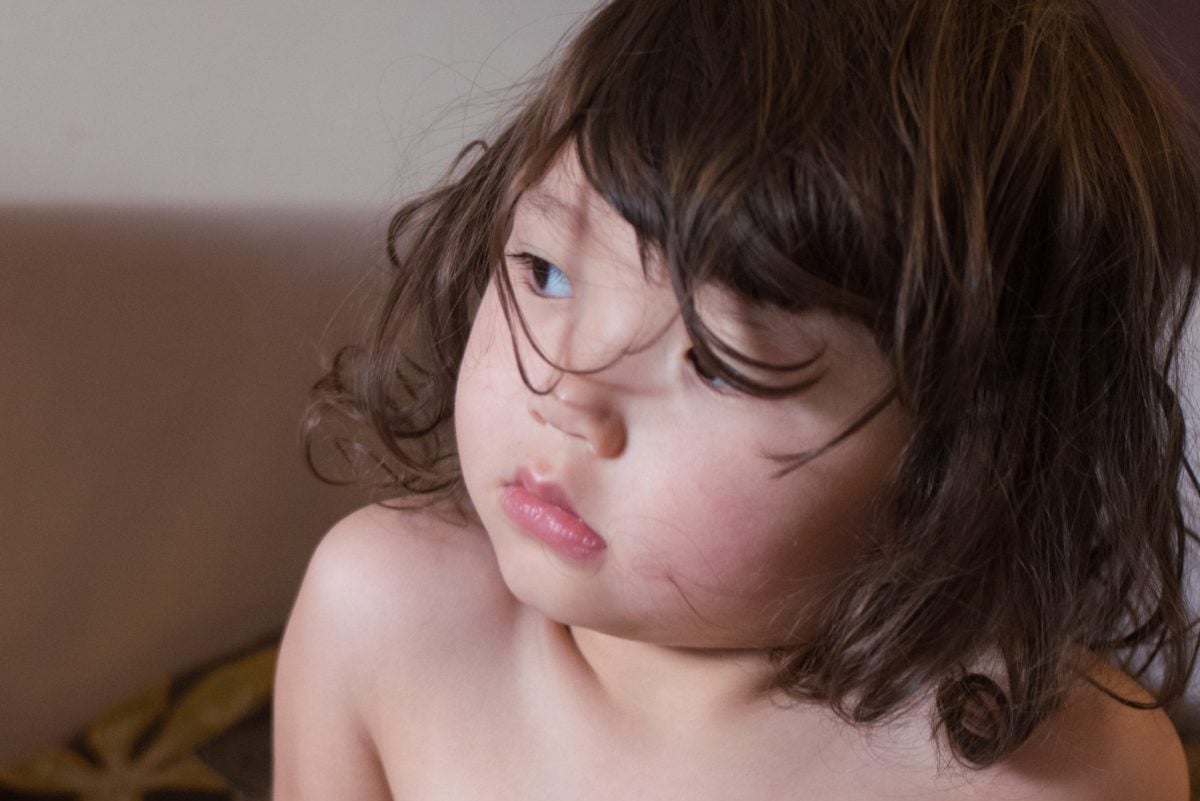

Matching White Balance / Natural Lighting / RAW with Provia and CameraPortrait
Here, I matched the white balance but also loaded the camera profiles in Lightroom. For the Sony A7r III, I loaded camera portrait, and for the X-Pro2, I loaded Provia. Unfortunately, the Sony is pretty hideous.
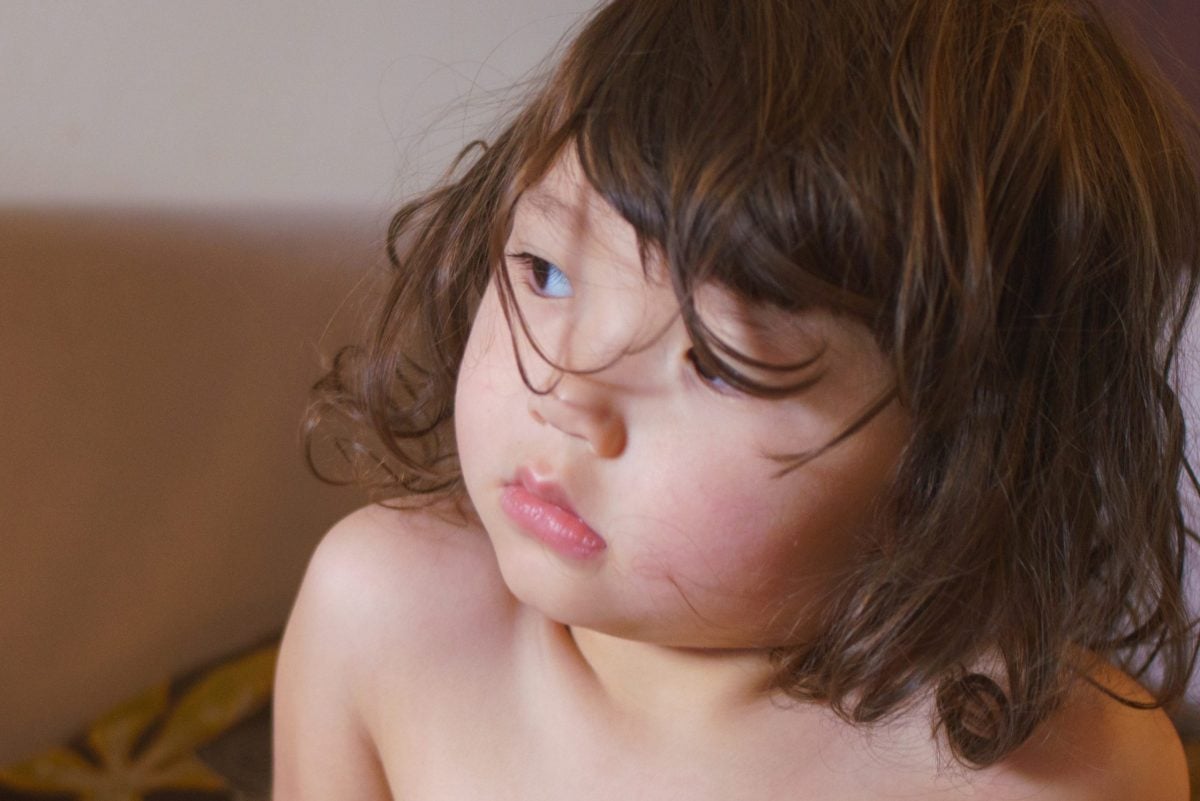
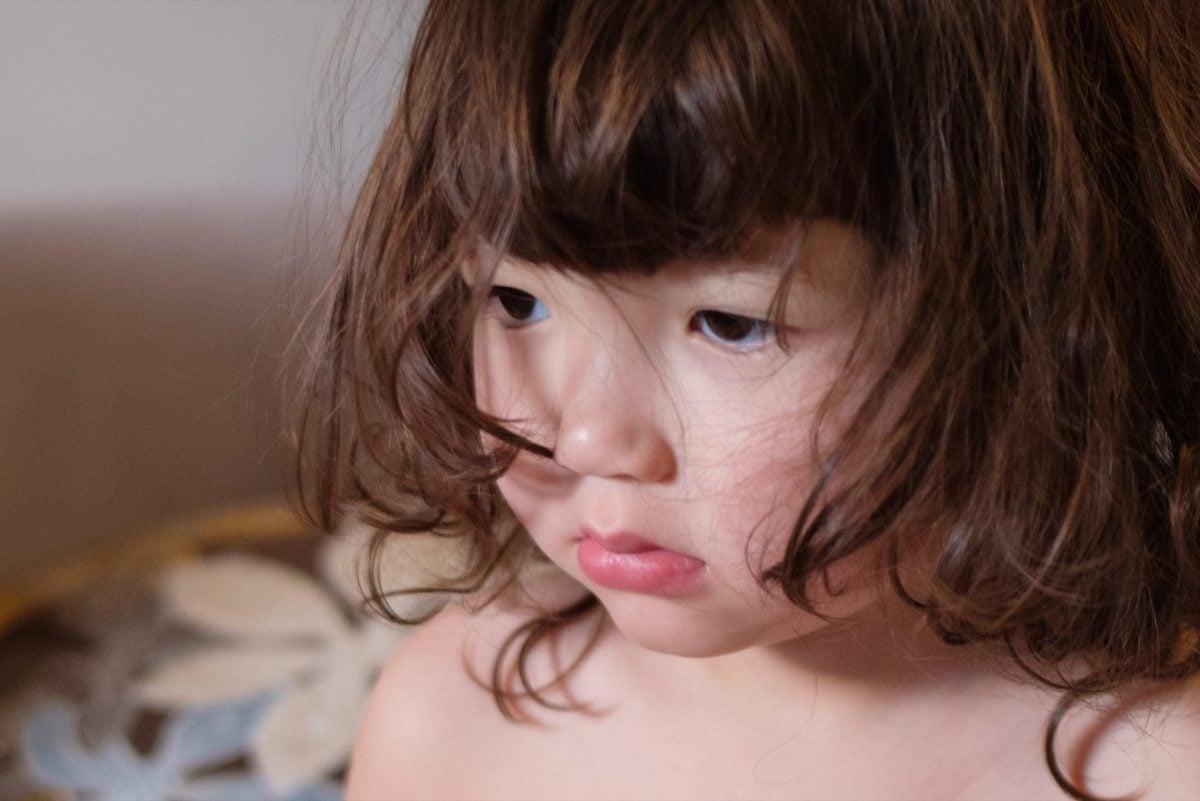
Sony vs. Fujifilm Color | Conclusions
This is a quick and dirty test in an uncontrolled environment with an uncontrolled subject, but I guess you could say this simulates the real world, and this is pretty much how the camera performed when shooting my daughter in my living room, so I feel the test is fair.
Maybe if I spent a little more time shooting with the A7r III, it would have eventually found the correct white balance, but I did shoot 17 shots. There were a few shots with the A7r III that got closer to getting the correct white balance, and there were a few Fujifilm X-Pro2 shots that were worse, but my two-year-old wasn’t in as good of a position to get her face and skin tones in either shot. Regardless, the Fujifilm always outperformed the Sony with AWB.
Clearly, Fujifilm is superior at rendering color and nailing AWB, at least in this dirty comparison. But in my personal experience of using both systems in parallel for 4-5 years, I can say Fujifilm cameras are simply better at rendering color than Sony.
This makes sense as Fujifilm has been involved in color science while making film for over 80 years, while some computer nerds probably design Sony colors. That being said, when matching the correct color balance, the Sony is by no means terrible; it just lacks a little bit of life compared to the Fujifilm.
As always, I’m not biased in my reviews. I’ve owned just as many Sony cameras as I’ve owned Fujifilm cameras, and even today, I own three Sony cameras and three Fujifilm cameras.
| **This website contains affiliate links. We will earn a small commission on purchases made through these links. Some of the links used in these articles will direct you to Amazon. As an Amazon Associate, I earn from qualifying purchases. |

